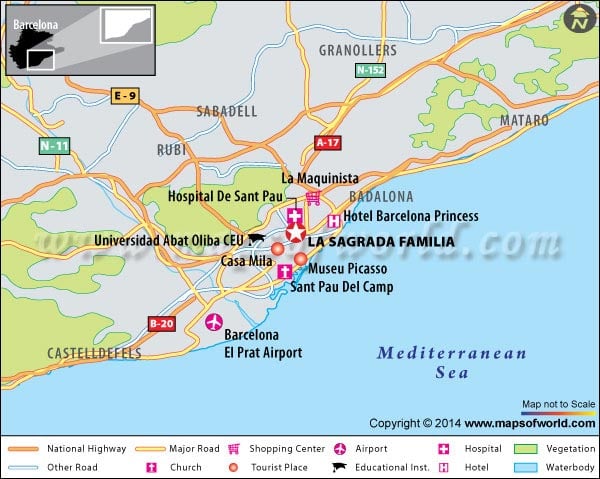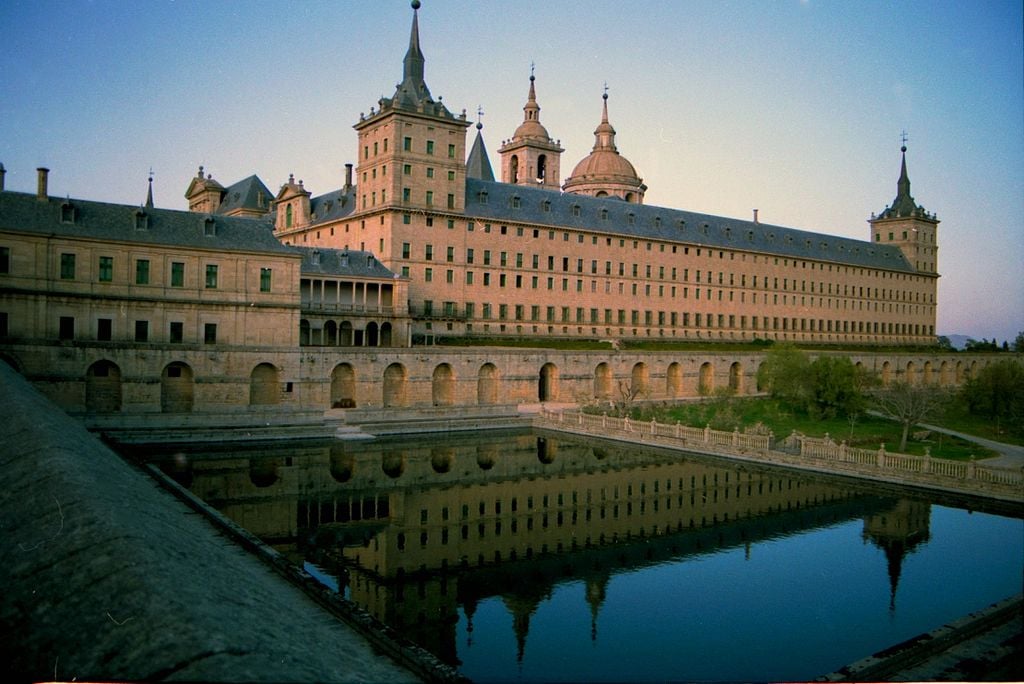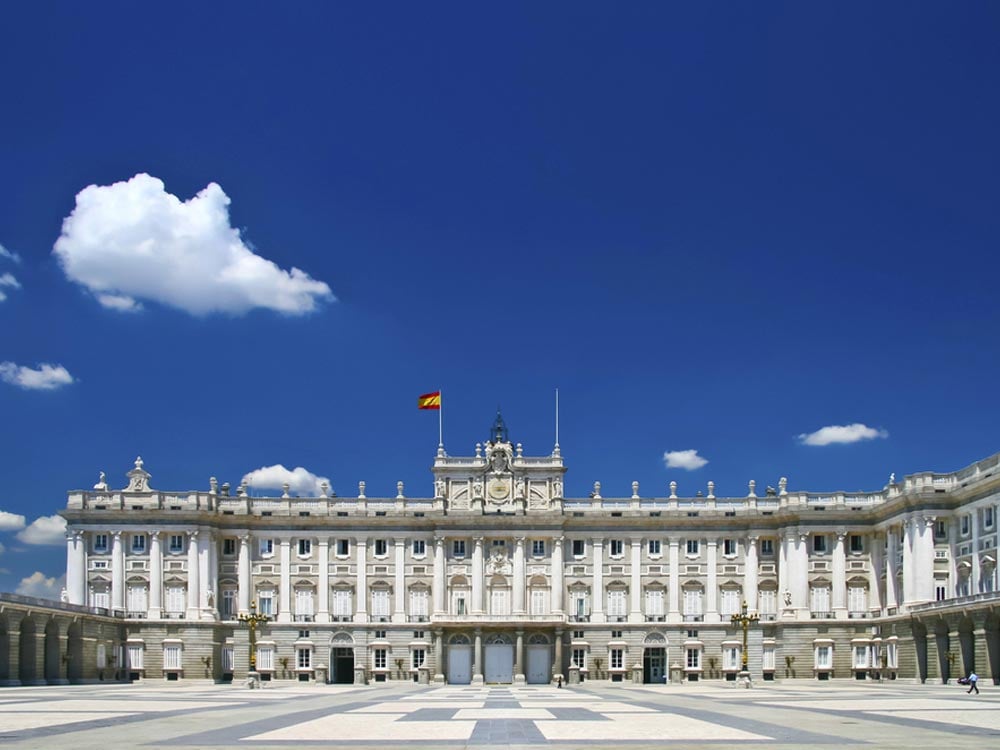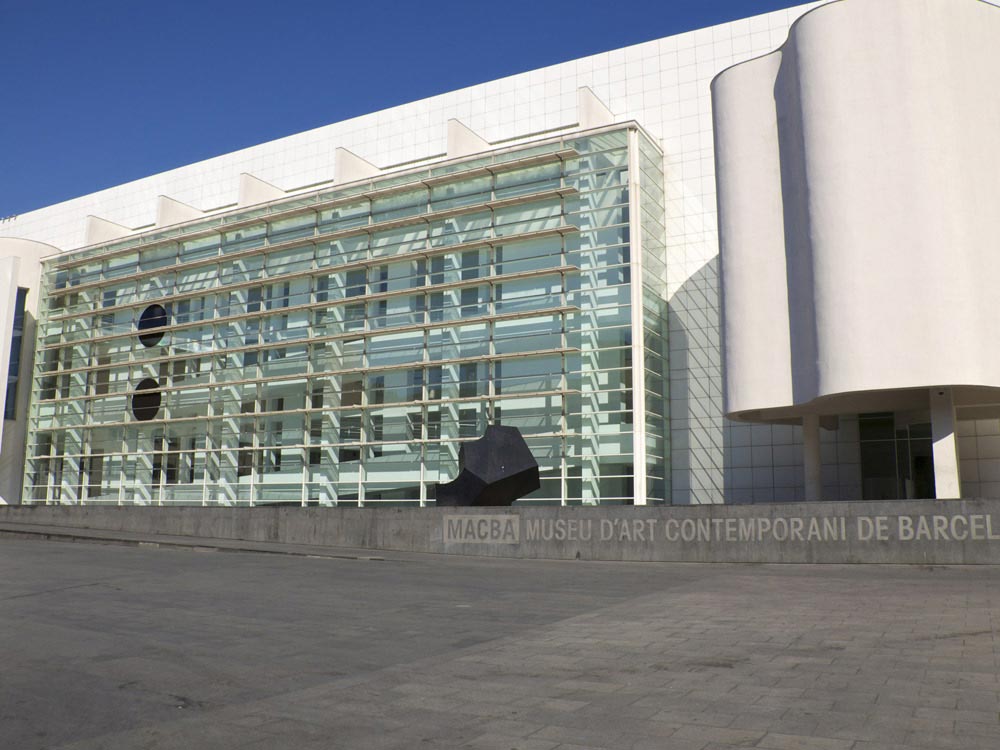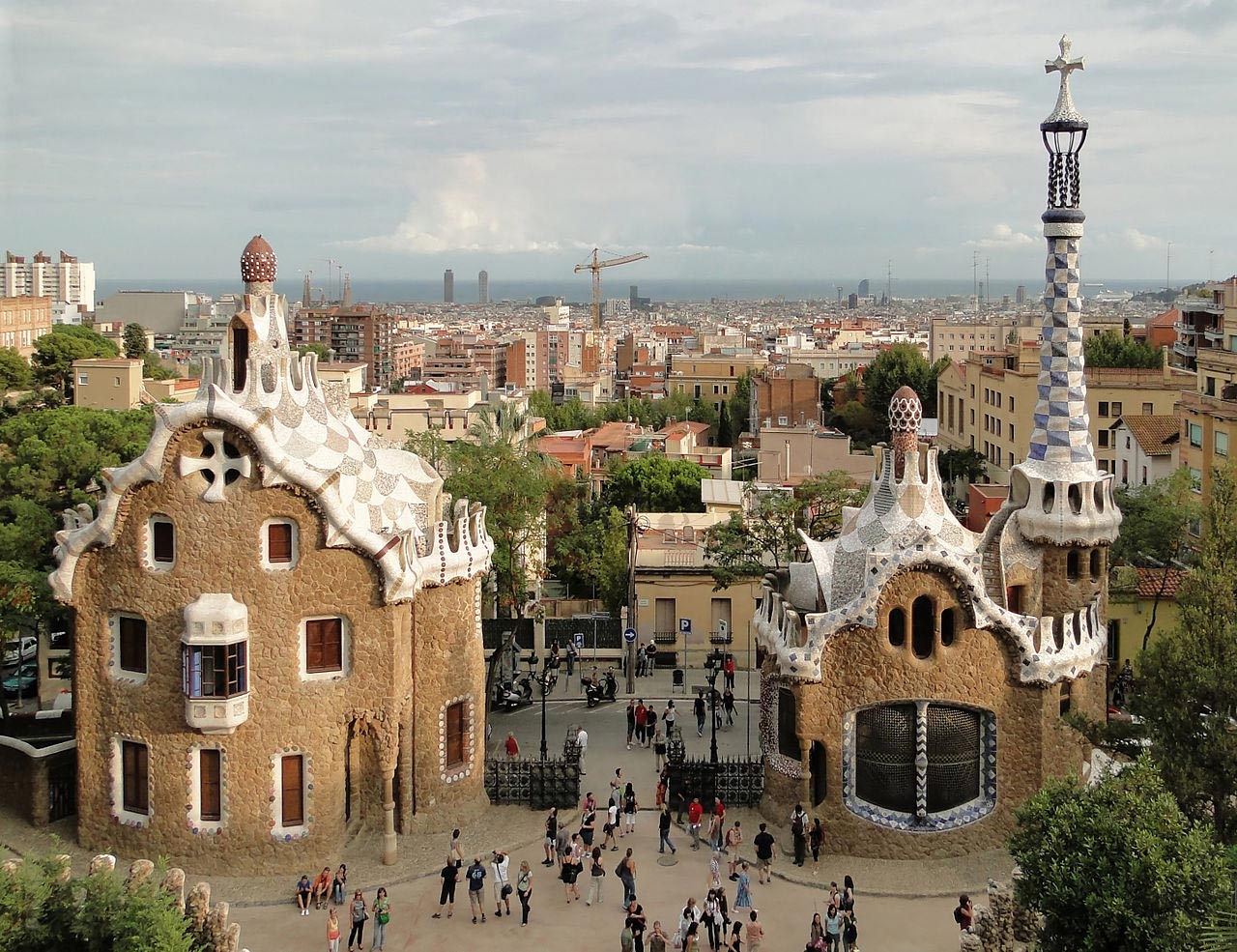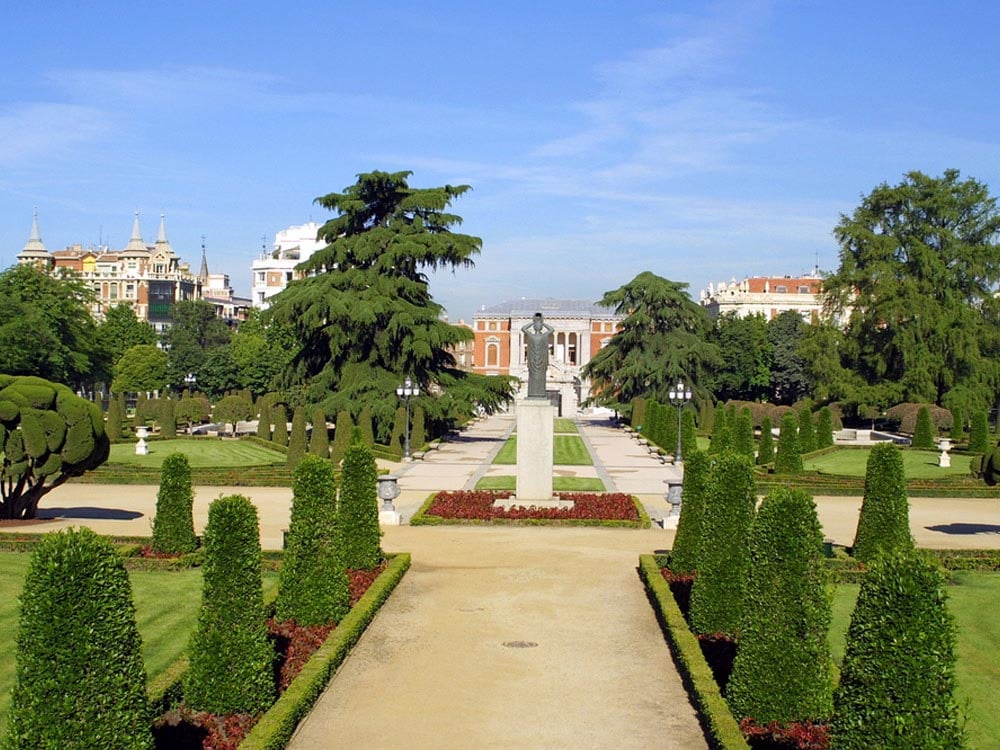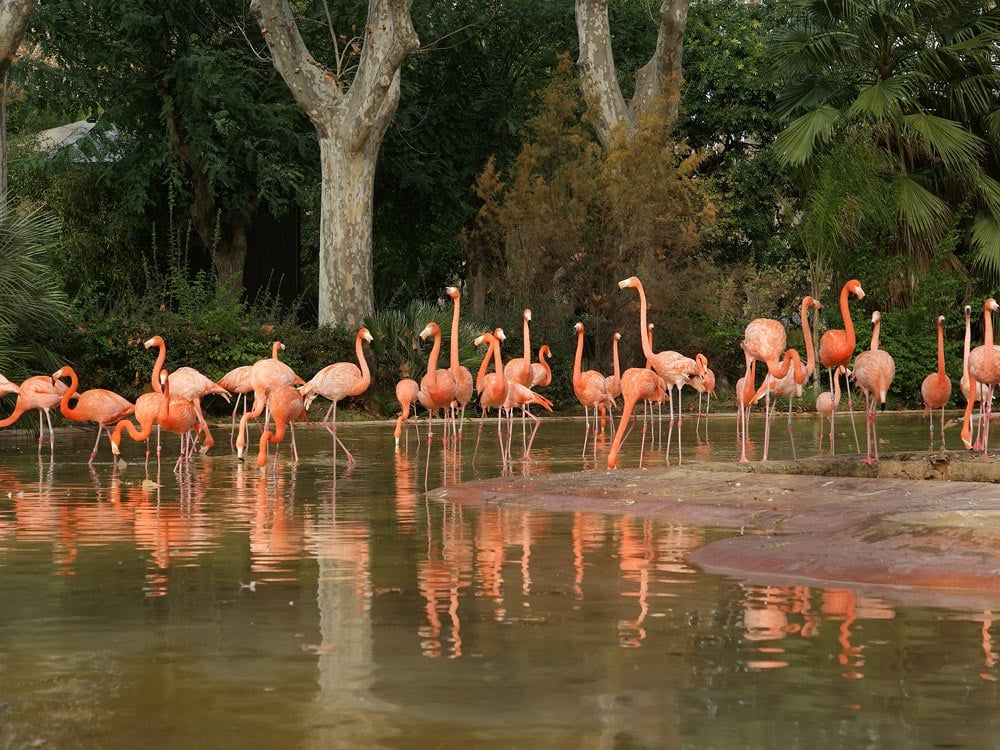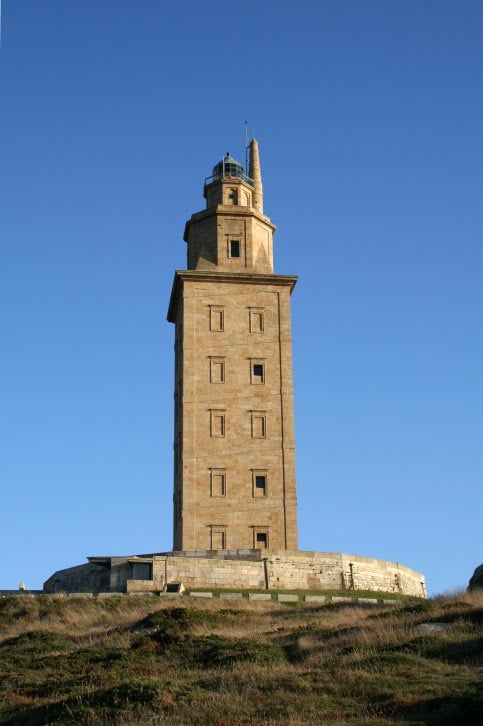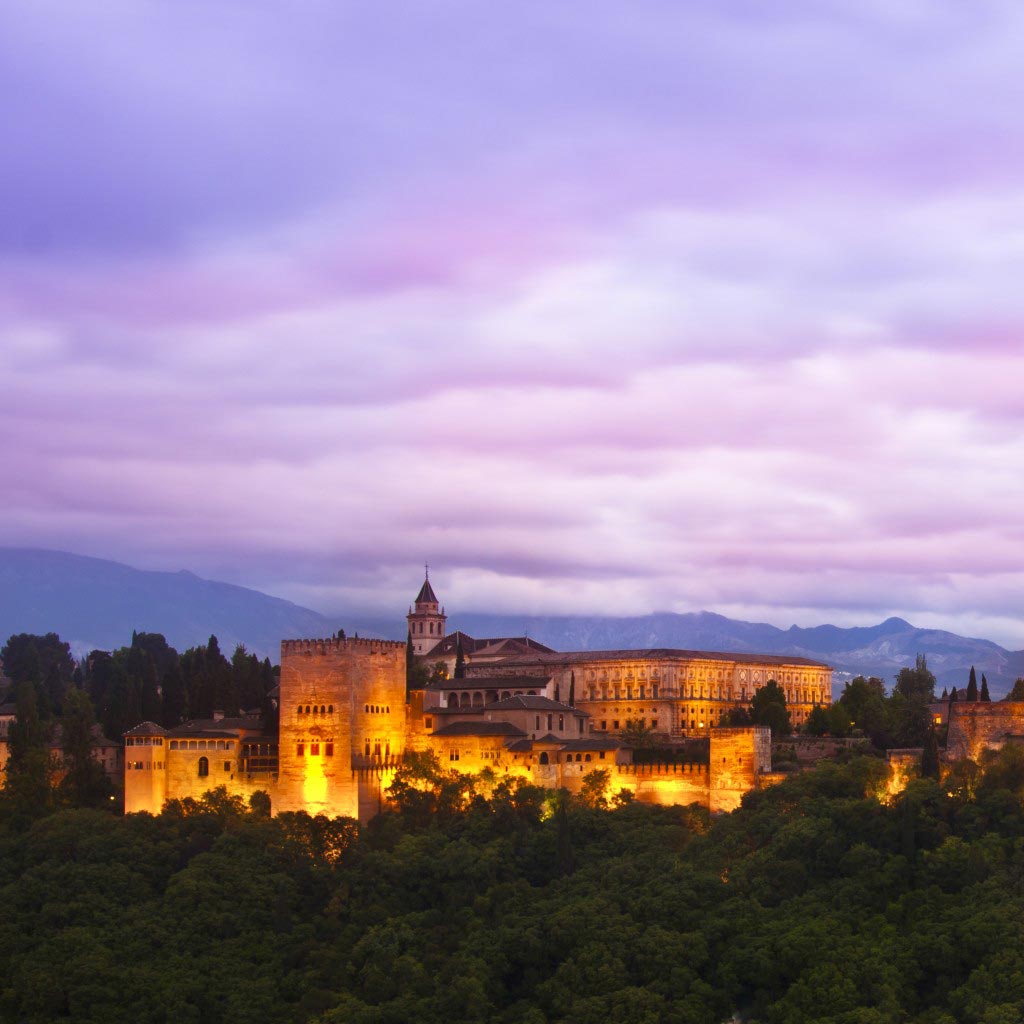La Sagrada Familia, or its full name Basilica i Temple Expiatori de la Sagrada Familia in Catalan (in English meaning “Basilica and Expiatory Church of the Holy Family”) is an awe-inspiring work of art and architecture located in Barcelona, Catalonia in Spain. The work of the distinct and one-of-a-kind artist and architect, Antoni Gaudi, a native of Catalonia, La Sagrada Familia is one of the city’s major draws, along with other works by Gaudi.
La Sagrada Familia is a Catholic basilica, initially the concept of Josep Maria Bocabella, a Catalan who visited the Vatican and was inspired to bring some of that back home. Construction began on the church’s crypt on March 19, 1882, with architecture designed by Francisco de Paula del Villar, with a plan to become a Gothic revival church. Villar retired from the project a year later on March 18, 1883, and Gaudi took over from there, transforming the church into his own unique style until his death in 1926. When Gaudi died, La Sagrada Familia was less than a quarter of the way completed.
After his death, Domenec Sugranes i Gras continued the work, followed by a series of other architects. Gras worked according to Gaudi’s plans, but during the Spanish Civil War in 1936, many of the plans were destroyed in a fire.
Construction on the basilica continues even today. Currently heading the project is Jordi Bonet i Armengol, who began using modern technology in the design and construction. Stones that had formerly been shaped by hand are now being shaped by machines.
The design of La Sagrada Familia features interpretations of many architectural styles, including Gothic and Art Nouveau, Catalan Modernism and Noucentisme, though Gaudi took his architectural design to levels never seen before or after. Gaudi’s design plans for 18 spires – though not all have been built thus far. The 18 spires represent the Twelve Apostles, the four Evangelists, the Virgin Mary, and Jesus Christ – the tallest spire.
The design also features three major façades, representing the Nativity scene facing east, the Passion scene on the west, and the Glory façade will face south when it is completed. The Nativity façade was the first to be constructed from 1894 and 1930. It shows the scene of Jesus’ birth, and faces the rising sun. The Passion façade is much simpler, depicting the crucifixion of Jesus, and faces the setting sun. The Glory facade is the largest and newest, only beginning construction in 2002. The Glory façade, while generally outlined by Gaudi, was intended by the architect to evolve and be shaped by later designers long after his death. The final façadewill feature the Seven Deadly Sins and the Seven Heavenly Virtues, and is dedicated to the Final Judgment and the Celestial Glory of Jesus.
Work on the Sagrada Familia is estimated to finally be complete in 2026 – 100 years after its mastermind, Gaudi’s death. Other estimates place the date of completion in 2028.
La Sagrada Familia Map
Facts about La Sagrada Familia
- When the church’s spires are completed, they will make La Sagrada Familia the tallest church in the world, reaching 170 meters (560 feet) high.
- The church interior features columns resembling trees with branches supporting the intricately detailed ceiling.
- Construction of La Sagrada Familia was paid for entirely by private donations and ticket sales to visit the church.
- Though La Sagrada Familia was never intended to be a cathedral, it is the size of one. It is a minor basilica, consecrated by Pope Benedict XVI on November 7, 2010.
- About 2.8 million people visit the church annually.
Where is La Sagrada Familia ?
Located in the heart of Spain’s lively city of Barcelona, La Sagrada Familia sits amongst many of Gaudi’s other architectural masterpieces. Barcelona is easily accessible via airplane into Barcelona International Airport, as well as the smaller nearby airports Girona Airport and Reus Airport. Trains are also available from other major cities in Europe as well as other cities in Spain. The high-speed rail has just recently opened for faster ground transportation. Other options include ferries, buses, or car.
Around Barcelona, there are plenty of public transportation options including a tourist bus as well as the metro. Bikes and walking are other ways to get around town, to take in more of the pleasant weather and scenery. [/stab]
Best time to visit La Sagrada Familia
Barcelona’s great weather makes it a great destination to visit any time of year. It does rain some during the winter, and temperatures do drop, but Barcelona’s coastal location keeps its weather moderate. Spring and fall are recommended times to visit Barcelona, when the weather is at its best and the crowds are at their lowest. August is a time for travel and vacation, so places will be packed and many others will not be open at all, when the owners are out of town. There are also many festivals around Barcelona throughout the year, so planning a trip to coincide with one of those is another great option.
More about La Sagrada Familia
Nearby Attractions: La Rambla, Barceloneta, Plaça Reial, Park Güell
Photo by Ferran Pestaña

